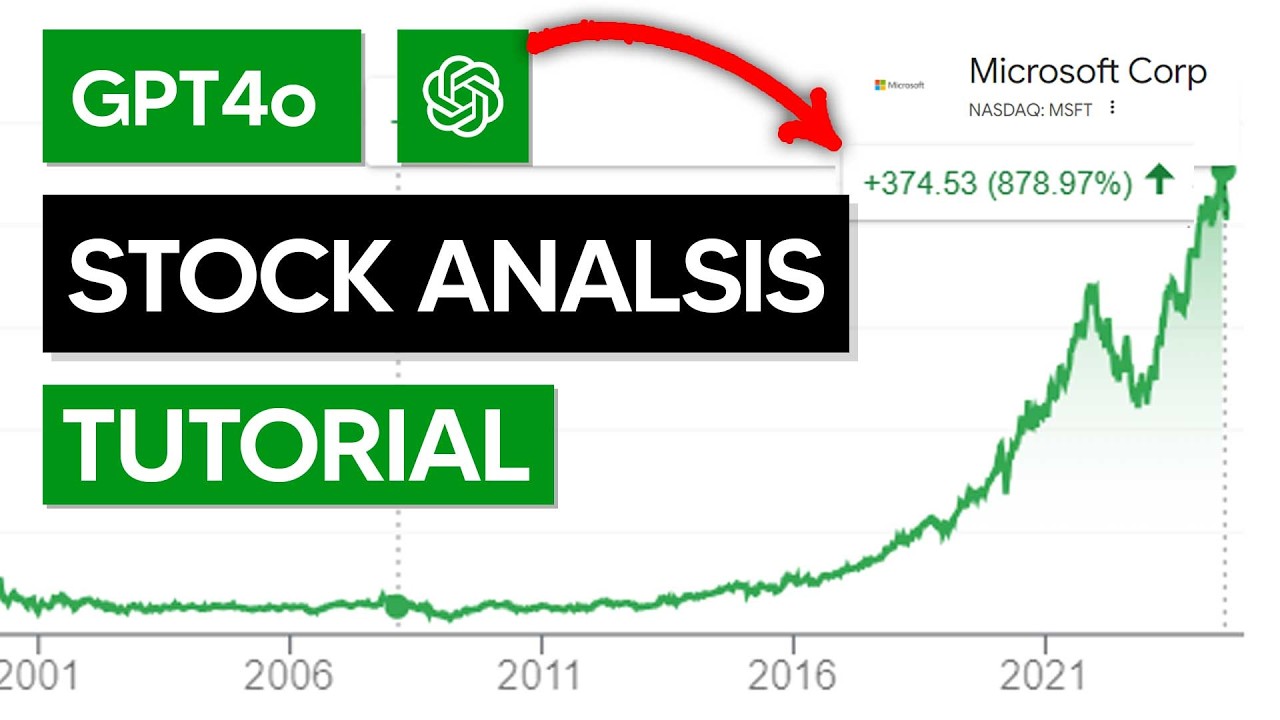It is vital to manage risk when trading AI stocks, especially those with high risks such as penny stocks and cryptocurrencies. Here are 10 ways to the effective integration of risk management into your AI stock trading strategies.
1. Define Risk Tolerance
Tip: Set a limit on the maximum losses that you are willing to take on trades in isolation, daily drawdowns, or for overall portfolio losses.
What’s the reason? Understanding your risk threshold can help you establish precise guidelines for your AI trading system.
2. Automated Stop Loss, Take-Profit and automated orders
Tips: Make use of AI technology to dynamically adjust stop-loss or take-profit amount based upon volatility and market conditions.
The reason: Automated safeguards cut down on potential losses and lock profits without emotional intervention.
3. Diversify Your Portfolio
Tips: Spread investments across multiple industries, assets, and markets (e.g. mix penny stocks, large-cap stocks and copyright).
Why: Diversification helps to ensure that there is a balance between gains and losses through reducing the risk associated with each asset.
4. Set Position Sizing Rules
Tip Use AI to calculate size of positions Based on:
Portfolio size.
The risk per trade e.g. 1-2 1 % of your portfolio.
Asset volatility.
Reasons: Position size can stop excessive exposure to risky trades.
5. Assess the volatility of strategies and modify them
Tip: Observe market volatility with indicators like the VIX (stocks) and on-chain data, or any other measures.
Why is higher volatility a call for tighter risk controls, more adaptive trading strategies, and greater levels of trading.
6. Backtest Risk Management Rules
Tip Include risk-management parameters, like stop loss levels and position sizing, during backtests to evaluate their effectiveness.
The reason: Examining your risk-management measures will ensure that they’re a viable option under a variety of market conditions.
7. Implement Risk-Reward Ratios
Tips. Be sure that every trade has the right risk-reward such as 1:3 (1:3 = $1 at risk x $3 gain).
Why is that consistently using favorable ratios can improve long-term profit, despite sometimes-infrequent loss.
8. AI can detect and react to anomalies
Tips: Set-up anomaly detection algorithms to identify unusual trading patterns for instance, sudden spikes in volume or price.
The early detection of a problem will enable traders to stop trading and modify your strategies before the market has a major change.
9. Hedging Strategies for a Better investment
You can use options and futures to hedge to limit risks.
Penny stocks: hedge using ETFs in the sector or securities that are related to the sector.
copyright: Hedging with stablecoins and inverse ETFs.
The reason: Hedging protects against price fluctuations that could be detrimental to the business.
10. Monitor and adjust regularly the risk parameters
You should always review your AI trading system’s risk settings and make adjustments as the market changes.
The reason: Dynamic Risk Management makes sure that your strategy is able to be efficient regardless changes in market conditions.
Bonus: Use Risk Assessment Metrics
Tip: Evaluate your strategy using metrics like:
Max Drawdown : Maximum decline in portfolio value from peak to the bottom.
Sharpe Ratio: Risk-adjusted return.
Win-Loss: Ratio of the number of profitable trades to the losses.
Why? These metrics give you a clearer picture of the success and risks of your strategy.
You can enhance your AI trading strategies’ efficiency and security by following these guidelines. Read the best ai stock analysis advice for site examples including ai stock picker, ai for stock trading, ai for stock market, ai for trading, ai stock, ai trading, ai trading app, ai stock trading bot free, trading chart ai, stock market ai and more.

Top 10 Tips To Focus On Diversification In Portfolios To Ai Stock Predictions, Investments, And Pickers
It is crucial to concentrate on a diverse portfolio when trying to maximize the return on investment and minimizing risk particularly if you’re using AI to invest such as stock prediction or deciding on stocks. AI can be utilized to discover and exploit opportunities to diversify across asset classes, sectors and stocks. Here are ten suggestions for increasing portfolio diversification through AI-driven strategies.
1. Leverage AI for Asset Allocation Optimization. Make the Most of AI
Tips: Make use of AI to find the most efficient allocation of assets between bonds, stocks and commodities. This is based upon historical data, risk preferences and market conditions.
Why: AI lets you dynamically divide capital across various asset types. Your portfolio will be well-diversified. The volatility of markets has a lesser impact on your return.
2. Diversify into various industries and sectors
Spread risk by making use of AI to discover new opportunities across different markets and sectors.
The reason is that sector and industry diversification allows your portfolio to endure downturns in a particular sector while benefiting from the growth of other industries. AI is able to track patterns of performance and anticipate trends in sector rotation which can help make better investment decisions.
3. Use AI to identify assets that are not related
Tip: Make use of AI technology to find and select assets with low correlations. This reduces the risk of your overall portfolio.
Why: AI helps balance risk and reward by choosing assets that have low or positive correlations. Certain assets are more likely to react to market events at the same time, stabilizing the portfolio.
4. Include International and Emerging market Assets
Tips: Consider including a mix of international and emerging market stocks in your AI portfolio to improve the geographic diversity.
Why? Different economic factors can have different consequences on various regions. International stocks, particularly those from emerging markets provide exposure to global economic growth, and also reduce the risk of local economic or geopolitical issues.
5. AI can be used to monitor and update your portfolio.
Tips – Utilize AI-powered tools for routine portfolio monitoring and for adjusting your asset allocation in response to changes in the market as well as risk profiles and financial goals.
Why is this? Markets are always changing. Continuous AI monitoring ensures you have a diversified portfolio that is designed to be based on the current information. It also helps you adjust to shifting market trends and sentiments.
6. AI: Investing in factors using AI
Tip: Use AI to apply factor-based investment strategies (e.g., value, growth, momentum size, quality,) to diversify portfolio risk in accordance with various investment factors.
Why: AI can analyze large data sets to determine and predict the performance of factors, helping create a portfolio that is balanced between diverse investment styles and elements which could improve the risk-adjusted return.
7. Utilize AI to diversify risks
Use AI to identify the risk-reward factors for each investment within your portfolio. Spread risk by investing in both riskier and less risky assets at once.
The reason: AI helps identify assets that are less volatile as well as those that have high returns but higher risks. Balancing these risk profiles across your portfolio is essential for the highest return while ensuring against losses.
8. Include diversification in your portfolio
Tips: Make use of AI to explore alternatives to traditional investment options, like real estate, cryptocurrencies private equity and commodities to increase the diversification of your portfolio.
Why: Alternative Assets can behave differently than bonds or stocks and provide an additional layer for diversification. AI can be utilized to analyze and predict the market’s trends so that you can make informed decisions regarding the inclusion of these assets in your portfolio.
9. AI can be used to simulate stress tests as well as scenario analysis
Use AI-driven stress tests and simulations to assess how your portfolio performs in extreme market conditions or scenarios that are hypothetical.
What is the reason: AI stress tests can help you to identify the weaknesses in your approach to diversification. This will ensure that your portfolio remains strong in the face of market declines or other unpredictable situations.
10. Make sure you balance short-term and long-term investments.
Tip: Utilizing AI find a mixture of stocks that are expected to rise over time as well as ones that offer short-term growth potential. This will help you keep your gains in the short-term while maintaining the stability of the long term.
Why is that a diverse portfolio includes both long-term stable investments and opportunities to enjoy short-term high-growth. AI can track patterns and forecast trends to help identify which assets or stocks will likely to outperform in the short term while maintaining the growth of the portfolio over time.
Bonus: Continually Rebalance based on AI Insights
Tip: Use AI to automate rebalancing your portfolio to ensure your diversification strategies remain in tune with changing markets and risk tolerance.
The reason is that market fluctuations could affect the asset allocation within your portfolio to change in time. AI will help you rebalance and diversify your portfolio and make sure that it is in line with your objectives.
AI can help maintain and create a well-diversified investment portfolio that balances risk and return while adjusting the market. AI can analyze huge amounts of data to create different scenarios in the market and allows the making of data-driven, informed choices. See the top redirected here on ai for stock market for site examples including ai stock trading, ai for trading, ai stocks to buy, ai stocks, ai stocks, best copyright prediction site, stock market ai, ai stocks to buy, ai stock prediction, ai stocks and more.
